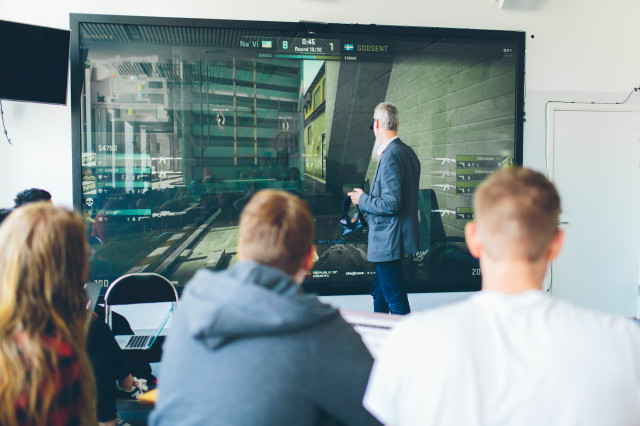Översikt om mål och metoder för bildanalys, bildbehandling och datorseende. Orientering om biologiskt seende och visuell perception. Egenskaper hos perspektivavbildningen.
Grundläggande bildanalys: signalteoretiska metoder, filtrering, bildförbättring, bildrekonstruktion, segmentering, klassificering, representation.
Grundläggande datorseende: multiskalrepresentation, detektion av kanter och andra särdrag. Stereo och multikamerasystem. Objektigenkänning, morphology.
Efter godkänd kurs ska studenten kunna:
• identifiera grundläggande begrepp, terminologi, modeller och metoder inom datorseende och bildbehandling,
• utveckla och systematiskt utvärdera ett antal grundläggande metoder inom datorseende och bildbehandling,
• välja och tillämpa metoder för bearbetning av bildinformation relaterade till bildfiltrering, bildförbättring, segmentering, klassificering och representation,
• redogöra för grundläggande metoder inom datorseende som multiskalrepresentation, detektion av kanter och andra särdrag, stereo, rörelse och objektigenkänning
för att
• i yrkeslivet kunna avgöra hur grundläggande möjligheter och begränsningar påverkar valet av metoder inom bildbehandling och datorseende för specifika tillämpningar,
• självständigt kunna implementera, analysera och utvärdera enklare metoder för datorseende och bildbehandling,
• kunna läsa och tillgodogöra sig professionell litteratur inom området.
